Creating a garden that attracts birds can bring joy, beauty, and ecological benefits to your outdoor space. However, many well-intentioned gardeners unknowingly introduce hazards that can harm or even kill the very birds they’re trying to support. From toxic plants to dangerous structures, numerous common garden elements pose threats to our feathered friends. With thoughtful planning and awareness, you can transform your garden into a genuinely bird-friendly sanctuary that supports avian visitors rather than endangering them. This comprehensive guide explores the most common bird hazards in gardens and provides practical solutions to create a truly safe haven for birds.
Window Collisions: The Silent Killer
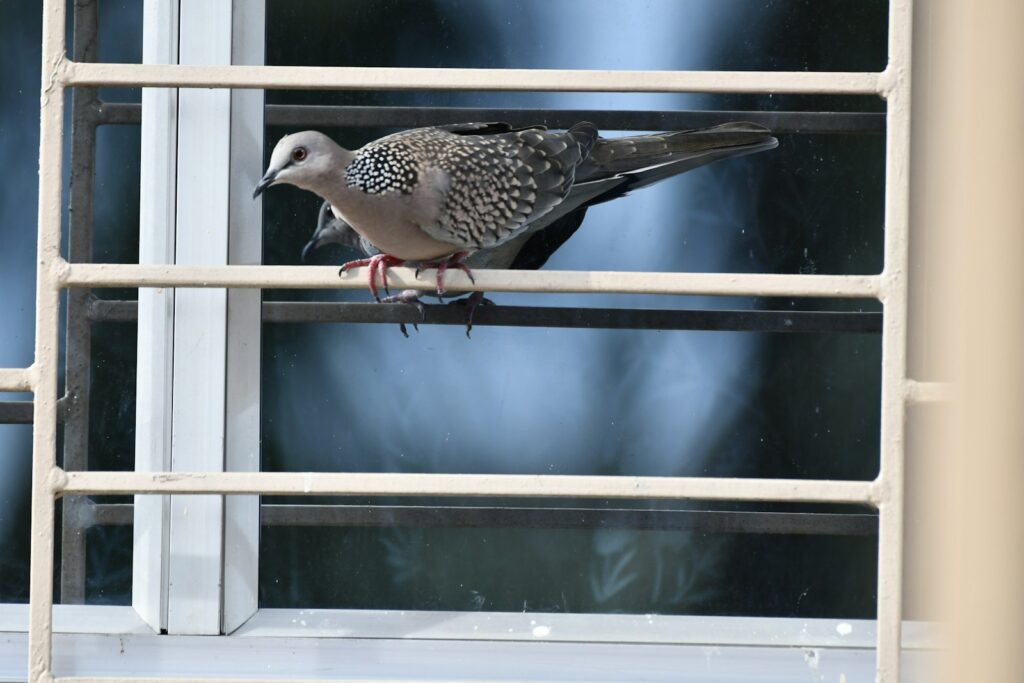
Window strikes are one of the deadliest hazards for birds, with estimates suggesting up to one billion birds die annually in the United States alone from collisions with glass. Birds see reflections of sky and vegetation in windows or perceive clear glass as open flyways, leading to often fatal impacts. To prevent these tragic collisions, consider applying window decals, screens, or films designed to make glass visible to birds. These solutions work by breaking up reflections or creating visual barriers that birds can detect. Another effective approach is installing external features like decorative lattices or hanging objects that disrupt the appearance of a clear flight path without significantly reducing your view or light entry.
Toxic Plants: Beautiful but Deadly
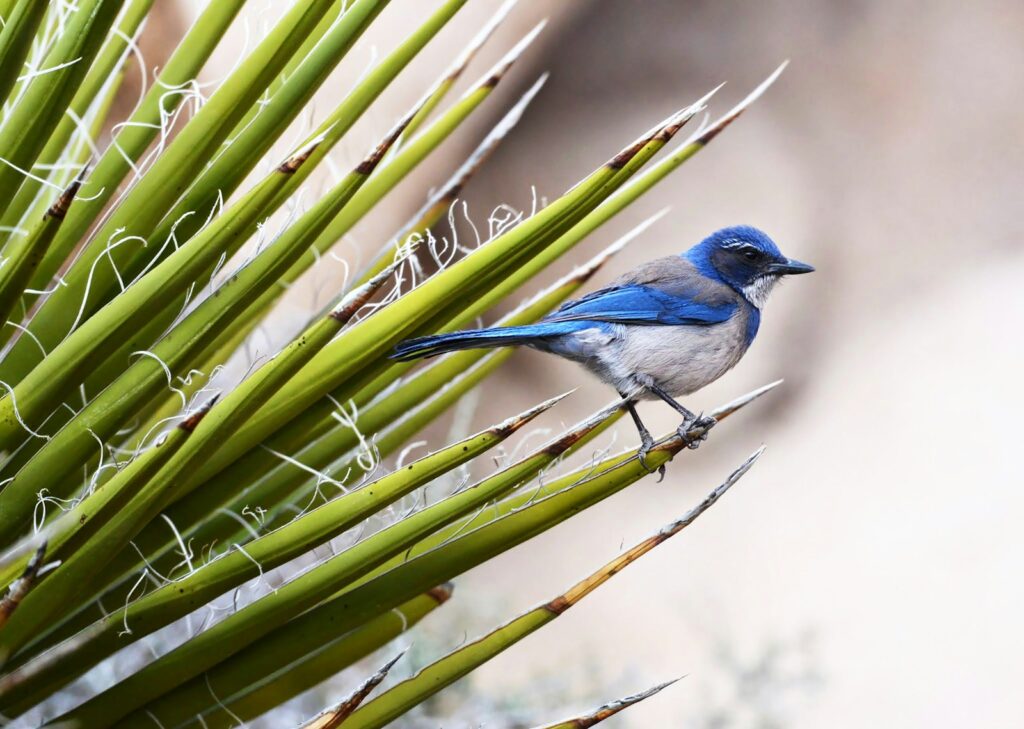
Many popular garden plants contain toxins that can be harmful or fatal if ingested by birds. Common culprits include daffodils, foxglove, lily of the valley, oleander, and yew, all of which contain compounds toxic to birds. These plants can be particularly dangerous during nesting season when birds may collect parts for nesting material or when they produce attractive berries that birds might eat. When planning your garden, research plant toxicity and prioritize bird-safe native species that provide natural food sources. If you must keep potentially toxic plants, consider containing them in areas less accessible to ground-feeding birds or placing protective barriers during critical seasons when birds are most likely to interact with them.
Pesticide Perils: The Hidden Danger
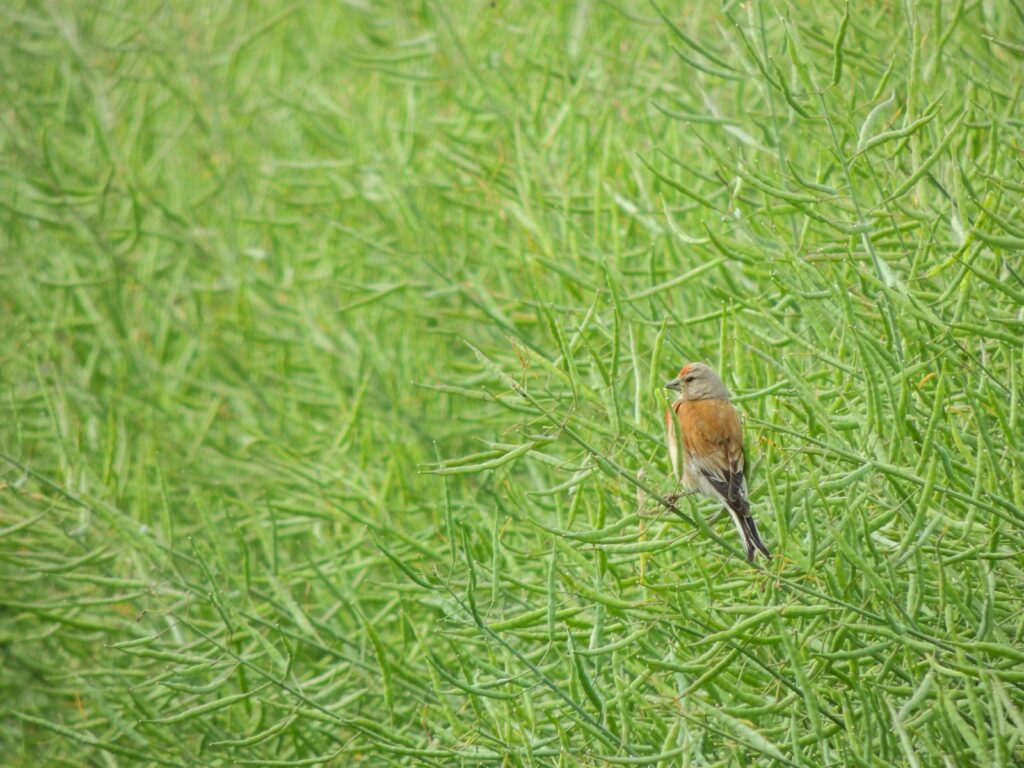
Chemical pesticides pose a significant threat to birds through both direct poisoning and disruption of food chains. When birds consume insects that have been treated with pesticides, they can ingest these toxic chemicals, leading to immediate illness or long-term health effects. Even products marketed as “natural” can harm birds if used improperly. Embrace integrated pest management (IPM) techniques that minimize chemical use and focus on prevention, biological controls, and targeted interventions only when necessary. Encouraging natural pest predators like beneficial insects and creating a balanced ecosystem can reduce pest problems without resorting to harmful chemicals that endanger birds and other wildlife.
Dangerous Garden Structures: Unintended Traps
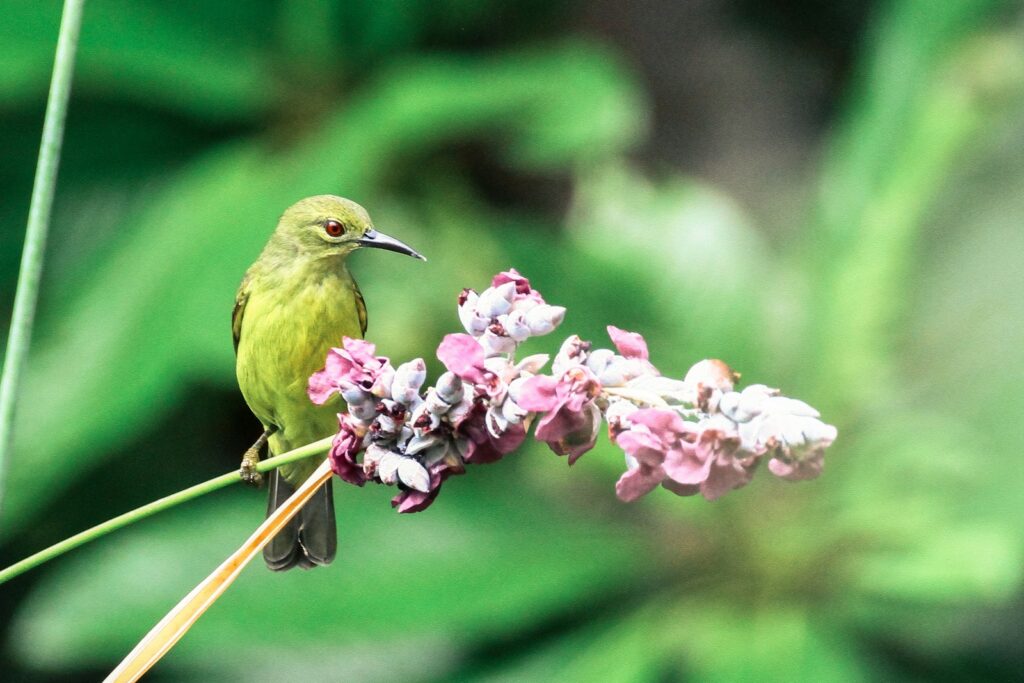
Common garden structures can pose serious hazards for birds if not properly designed or maintained. Open pipes, vents, and posts can trap birds that enter looking for nesting sites but cannot escape. Netting used to protect fruit trees or garden beds can entangle birds if improperly installed or left loose. Garden ornaments with small openings or loops can catch bird feet or wings. Regularly inspect your garden for potential traps and cover open pipes with caps or screens. When using protective netting, ensure it’s pulled taut and secured properly, and choose products with appropriate mesh sizes that prevent entanglement while still serving their protective purpose.
Water Features: Drowning Risks
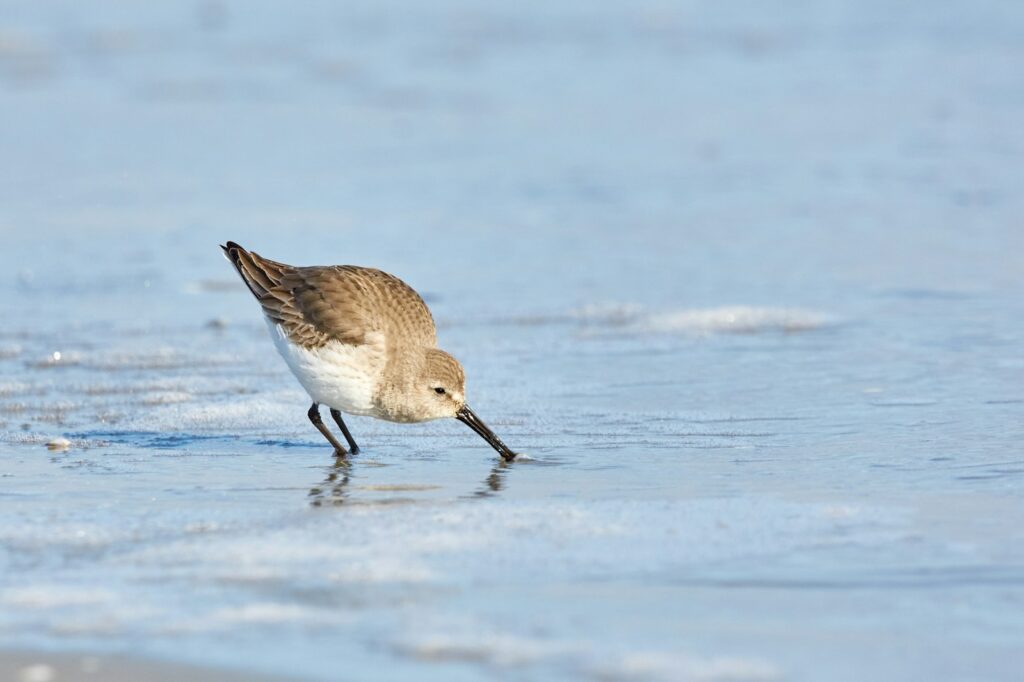
While water features attract birds for drinking and bathing, they can become death traps if improperly designed. Birds can drown in steep-sided ponds, swimming pools, or rain barrels if they cannot escape after falling in. Traditional bird baths with slippery surfaces can also pose risks, especially to nestlings or fledglings learning to navigate. Create safe water features by ensuring gradual slopes at the edges of ponds and incorporating rock “beaches” or floating platforms that provide easy exit points. For bird baths, choose designs with textured surfaces for better grip, maintain shallow water levels (no deeper than 1-2 inches at the center), and place them near protective cover where birds can quickly retreat if threatened.
Outdoor Cats: Predators in the Garden
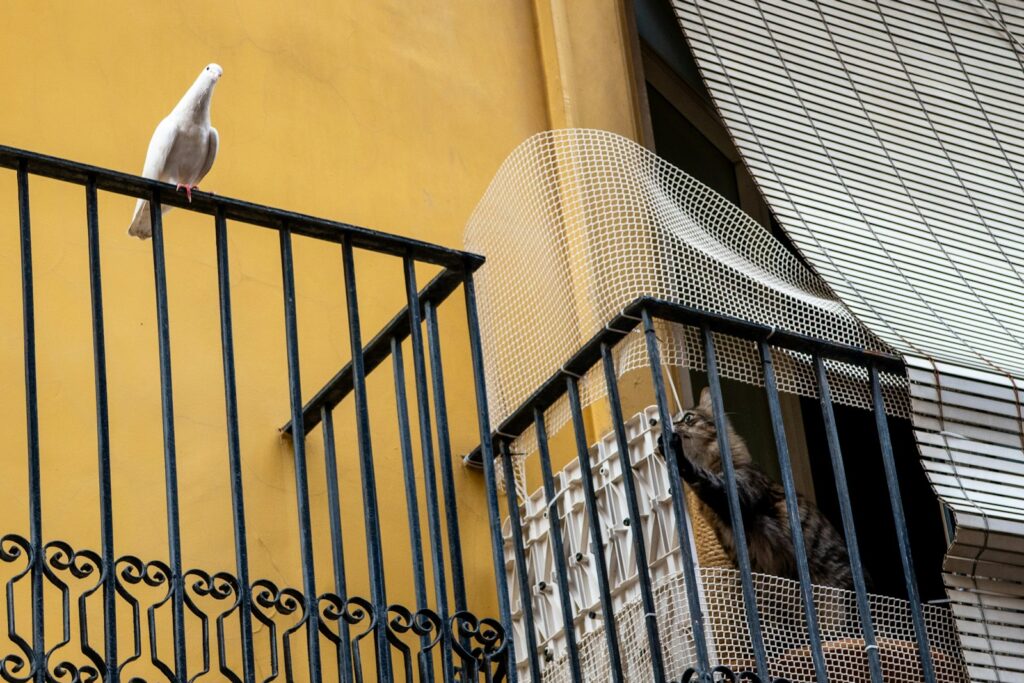
Domestic cats, even well-fed ones, are instinctual hunters that kill millions of birds annually, making them one of the most significant threats to garden birds. Even cats that don’t successfully catch birds can cause stress and disruption to nesting and feeding activities. If you have cats, consider creating an enclosed “catio” or using a leash for supervised outdoor time. For community cats or neighbors’ pets, install cat deterrents such as motion-activated sprinklers or ultrasonic devices that discourage feline visitors. Creating elevated feeding stations at least 5-6 feet off the ground with predator guards can also help protect feeding birds from cat predation while still allowing them to enjoy your garden.
Harmful Bird Feeders: When Good Intentions Go Wrong
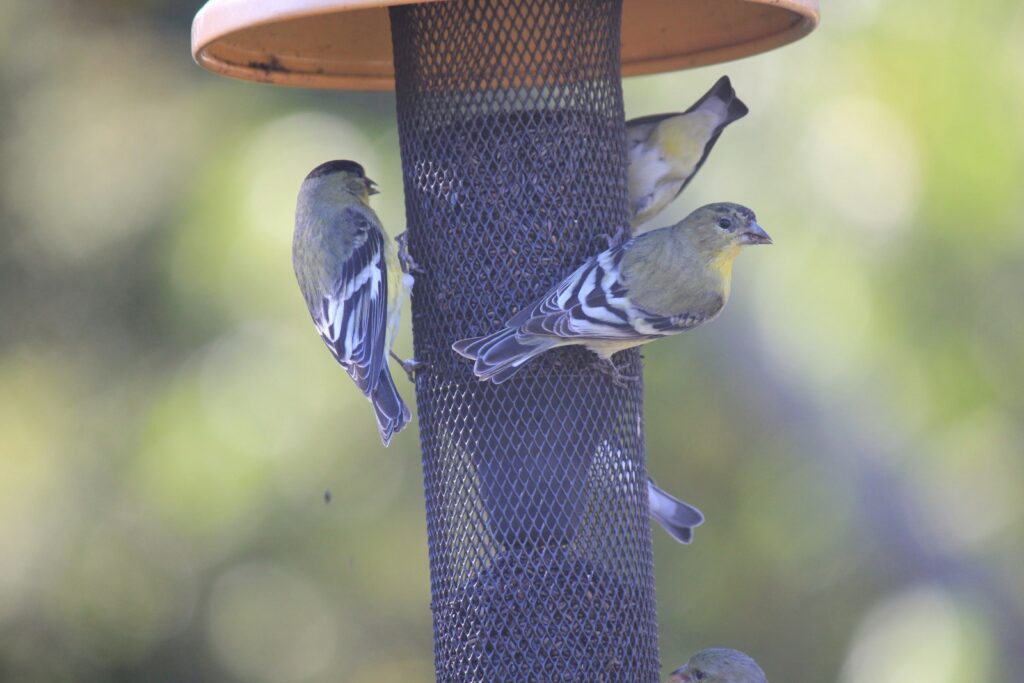
Bird feeders can create hazards when they’re poorly designed, improperly situated, or inadequately maintained. Feeders with sharp edges, small openings that trap birds, or perches that force birds into vulnerable positions can cause injury. Dirty feeders can spread diseases like salmonellosis, avian pox, or conjunctivitis among feeding birds. Choose feeders specifically designed for your target species with appropriate feeding ports and perches. Clean feeders regularly—at least every two weeks in cool weather and more frequently during warm periods—using a 10% bleach solution, followed by thorough rinsing and complete drying. Position feeders either very close to windows (less than 3 feet) or far away (more than 30 feet) to reduce collision risks.
Nesting Material Dangers: Not All Fibers Are Safe
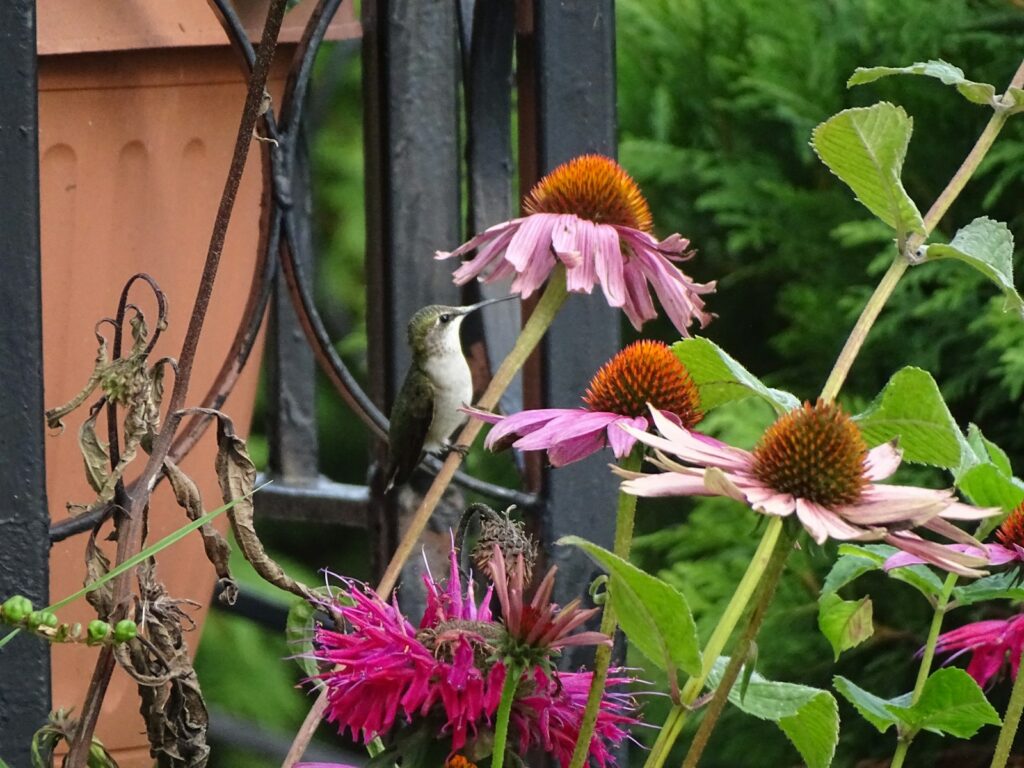
Birds often collect materials from gardens for nest building, but some commonly available items can endanger nestlings or adult birds. Synthetic fibers like fishing line, plastic strings, tinsel, or dryer lint can entangle birds or nestlings, while materials treated with chemicals may introduce toxins to nests. Provide safe nesting materials by hanging mesh bags filled with natural fibers like chemical-free pet fur, short pieces of wool yarn (less than 6 inches), cotton, plant down, or small twigs. Remove dangerous materials from your garden, including loose string from tomato plants or garden ties, plastic fragments, and long human or pet hairs that could wrap around birds’ feet or necks.
Harmful Landscape Practices: Timing Matters
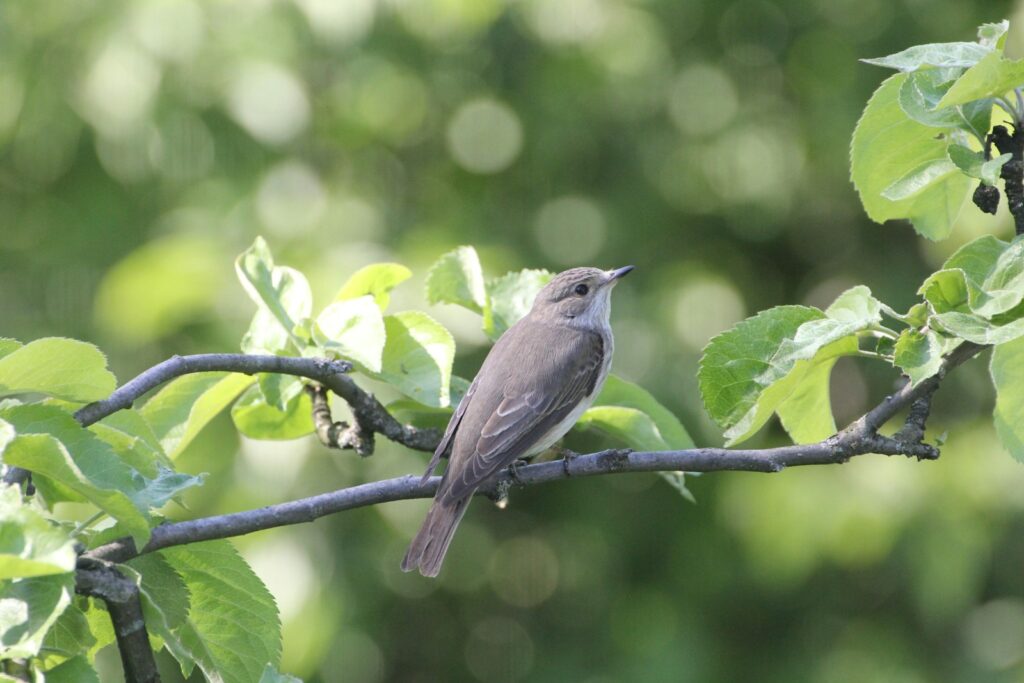
Seemingly routine landscape maintenance can devastate bird populations if performed at critical times in their life cycle. Heavy pruning during nesting season can destroy active nests or expose them to predators and weather. Removing dead trees (snags) eliminates valuable nesting sites for cavity-nesting species. Learn the primary nesting periods for birds in your region—typically spring through mid-summer in most North American areas—and delay major pruning until the fall or winter. When you must prune during nesting season, check carefully for nests before cutting and leave sections containing active nests undisturbed. Consider preserving at least portions of dead trees when safe to do so, as these provide essential habitat for many bird species.
Artificial Nighttime Lighting: Disrupting Natural Rhythms
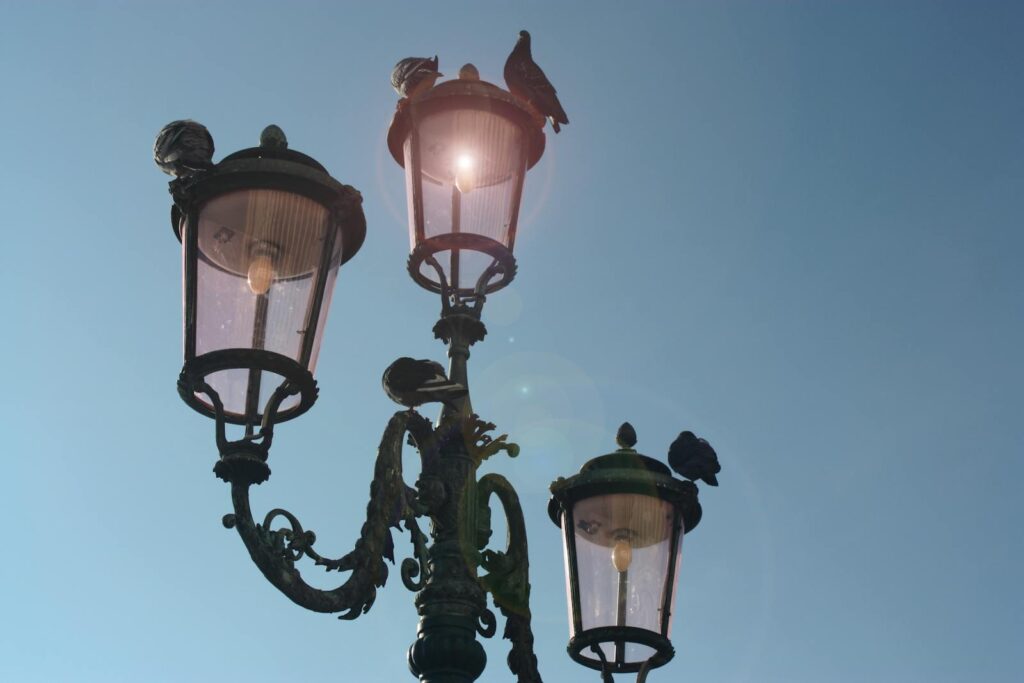
Excessive garden lighting can disrupt birds’ natural behaviors and migration patterns. Bright lights attract and disorient nocturnal migrating birds, potentially causing exhaustion, collisions, or making them vulnerable to predators. Constant nighttime illumination can also affect birds’ hormone production, breeding cycles, and feeding patterns. Minimize unnecessary outdoor lighting by using fixtures with downward-facing shields that reduce light pollution. Install motion sensors or timers so lights operate only when needed rather than throughout the night. Choose warm-colored bulbs (yellow or amber) rather than bright white or blue lights, which are particularly disruptive to birds and other wildlife, creating a garden that respects natural darkness.
Supplemental Feeding Hazards: The Wrong Foods
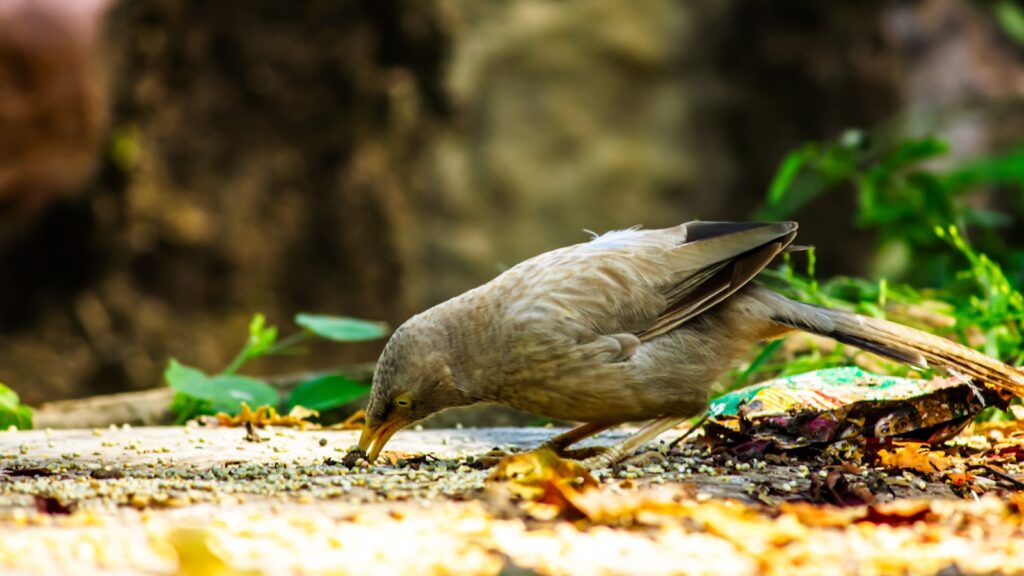
While feeding birds can be beneficial, offering inappropriate foods can cause malnutrition, digestive problems, or even death. Common harmful offerings include bread (which fills birds’ stomachs without providing proper nutrition), salted foods that can cause dehydration and kidney damage, and chocolate or caffeine, which are toxic to birds. Instead, provide species-appropriate natural foods such as black oil sunflower seeds, nyjer seed for finches, suet for woodpeckers, or mealworms for insectivores. Research the dietary needs of birds common to your area and tailor your offerings accordingly. Fresh water is also vital year-round, often more important than food during certain seasons.
Invasive Plant Species: Ecological Traps
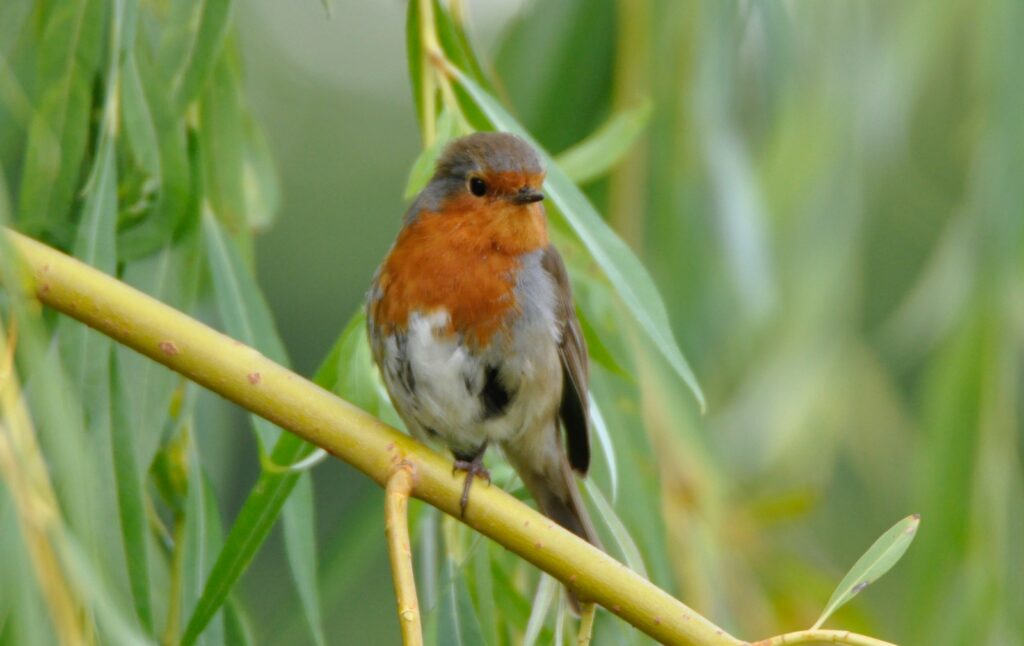
Invasive plants can create ecological traps by offering seemingly suitable habitat that actually reduces birds’ reproductive success or survival. These non-native species often produce berries with lower nutritional value than native alternatives or support fewer of the insect species that birds need to feed their young. Some aggressive invasives like Japanese honeysuckle can even physically harm birds by entangling them in dense growth. Research plants native to your region that support local food webs and provide appropriate structure for nesting and shelter. Remove invasive species from your garden and replace them with native alternatives that fulfill similar aesthetic roles while genuinely supporting bird populations.
Creating a Truly Bird-Safe Garden: A Holistic Approach
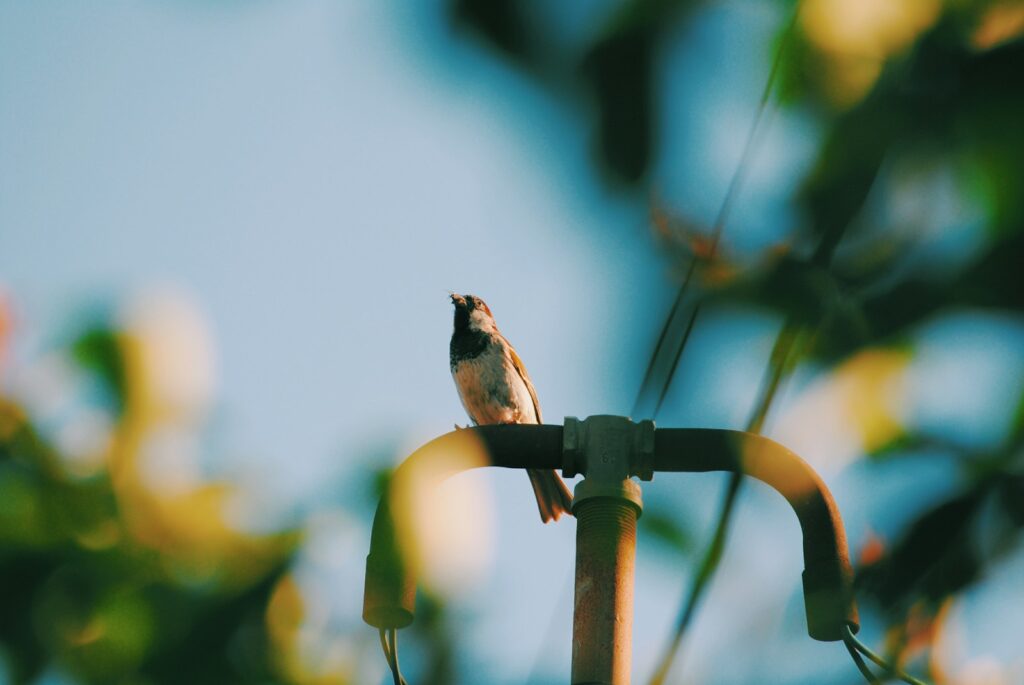
Developing a genuinely bird-safe garden requires thinking beyond individual hazards to create a holistic environment that supports avian visitors throughout their life cycles. Consider vertical layering—incorporating plants of varying heights from ground covers to shrubs to trees—to provide diverse habitats for different species. Create dense areas of vegetation for shelter and nesting alongside more open areas for feeding and bathing. Maintain some “messy” sections with leaf litter, brush piles, or unmowed areas that harbor the insects many birds need for feeding their young. Document bird activity in your garden throughout the seasons, noting which features attract birds and which areas they avoid, using these observations to continually refine your approach to bird safety and habitat quality.
By identifying and addressing these common hazards, you can transform your garden from a potential danger zone into a genuine sanctuary that contributes positively to bird conservation. Remember that creating a bird-safe garden isn’t just about removing risks—it’s about actively providing the essential resources birds need to thrive. With thoughtful planning and regular maintenance, your garden can become part of the solution to declining bird populations while bringing you the joy of observing these fascinating creatures up close. The efforts you make to create a bird-safe environment ripple beyond your garden boundaries, contributing to healthier bird populations and more resilient ecosystems throughout your community.
